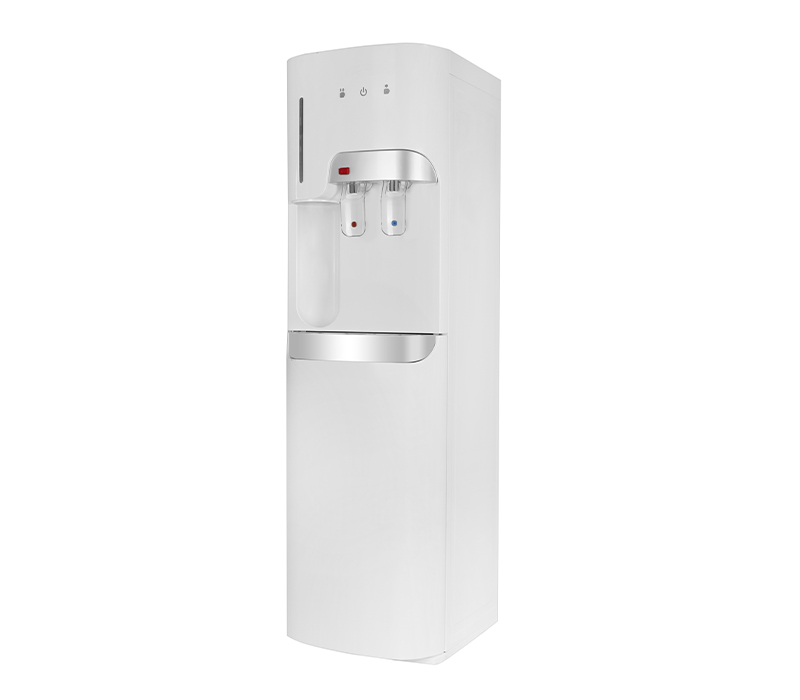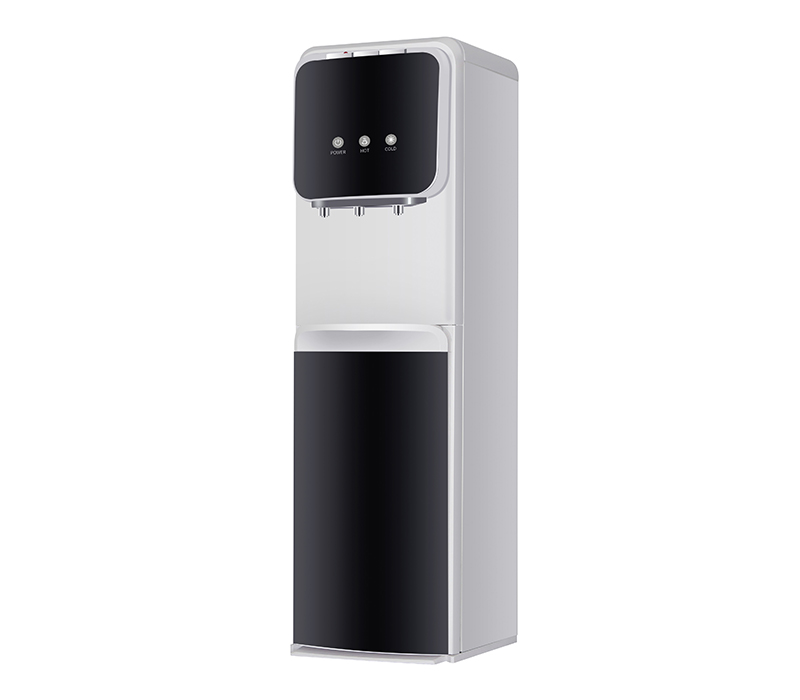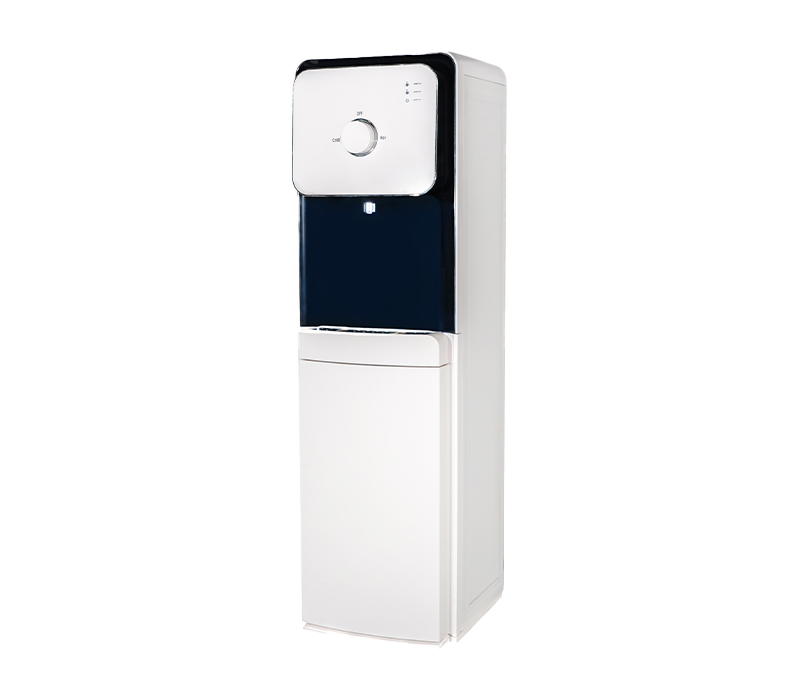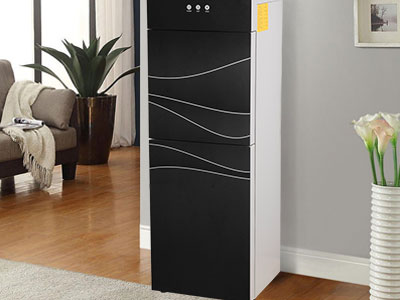Before we buy a water purifier, we will learn about a water purifier product through online or store personnel introduction, but it is often unprofessional. Seeing so many types of water purifiers is even more challenging. Lost his eyes and fainted his head.
At present, most of the water purifiers on the market are reverse osmosis (RO) or ultrafiltration (UF) water purification products. Their water purification efficiency is much higher than other types of water purification products, and they are more in line with people's expectations for water purification effects. , There are different opinions on the purchase of the two water purifiers. The following editor sorts out the most important differences between the two types of water purification products. Maybe you can choose a water purifier that is more suitable for you.
Ultrafiltration and reverse osmosis water purifier difference 1: water purification effect
In fact, the structure of ultrafiltration and reverse osmosis water purifiers is roughly similar. They are equipped with PP cotton, activated carbon and other coarse filter elements in the first half of the ultrafiltration membrane and reverse osmosis membrane. The final gap lies in the ultrafiltration membrane and reverse osmosis membrane. The membrane filtration performance. Generally speaking, the filtration accuracy of ultrafiltration water purifiers is roughly 0.01-0.1 microns, while the filtration accuracy of reverse osmosis membranes can reach 0.0001 microns, which is like a sieve with a pore size for comparison. The accuracy is higher.
In terms of filtration effect, ultrafiltration water purifiers can remove rust, sediment, bacteria, viruses, residual chlorine, heterochromatic odors, and heavy metals in the water for you, while reverse osmosis water purifiers can further filter out the water. And harmful metal ions, but the calcium and magnesium ions needed by the human body will also be discharged with the waste water. The output of RO reverse osmosis water purifier is almost pure water, and it can even desalinate water and sea water.
The difference between ultrafiltration and RO reverse osmosis water purifier 2: installation complexity
The reverse osmosis water purifier works by increasing the osmotic pressure to achieve the principle of reverse movement of pure water against the natural osmosis direction. It needs high water pressure to "push", so mainstream reverse osmosis water purifiers can work normally with a booster pump. Reverse osmosis water purifiers need to be connected to the mains to be used, and the booster pump will increase the noise of the water purifier.
Ultrafiltration water purifier is a physical filtration. Ultrafiltration water purifier can filter water normally without pressure in areas where the water pressure reaches the standard. In addition, some ultrafiltration water purifiers are only suitable for the filtration of the conforming single-tube structure filter element, both in terms of space occupation and installation conditions and restrictions are lower.
The difference between ultrafiltration and RO reverse osmosis water purifier 3: Outlet flow
If there is no pressure, RO reverse osmosis water purifier will not even produce pure water for you, and its fine filtering structure will greatly reduce the flow rate of the water.
Ultrafiltration does not need to worry about the flow rate. They produce about 1.5L of water per minute. In addition, there are some large flow reverse osmosis water purifiers above 400GPD on the market. The flow rate is about 1.2L per minute. If the water consumption is large, you should look at the water flow rate. This key value.
The difference between ultrafiltration and RO reverse osmosis water purifier 4: wastewater rate
If the amount of raw water entering is the same as the amount of purified water produced, no one believes that they can purify the water? Therefore, if you want to obtain pure and healthy water, you must sacrifice a certain percentage of wastewater. Generally speaking, ultrafiltration water purifiers have very little waste water, but pay attention to regularly open the flushing port to clean the filter element.
Compared with the reverse osmosis water purifier, it is more wasteful. In order to ensure the longevity of the reverse osmosis membrane, increasing the wastewater ratio can prevent the reverse osmosis membrane from fouling and damage. Generally speaking, the wastewater rate of reverse osmosis water purifiers has developed from the earliest 5:1 to 3:1 or even 2:1, which means that two cups of water of the same volume are wasted by a cup of pure water produced. Of course, even the water called "waste water" is very clean. Its purity is higher than raw water but lower than pure water, but its salinity is higher, so it will not be wasted when it is used for washing clothes, mopping the floor or flushing the toilet.
The difference between ultrafiltration and RO reverse osmosis water purifier five: water concept explanation
RO reverse osmosis water purifier: the effluent is pure water, and 2%-4% of trace elements are retained in the water. It can be verified by a TDS pen. The pure water is not conductive, while the water of the RO machine is conductive;
Ultrafiltration water purifier: the effluent is purified water, after filtration, bacteria, viruses, colloids and other harmful substances in the water are removed. The water purifier is physically filtered, and the water source is tap water in the household. How can it become "mineral water" after physical filtration?
Ultrafiltration and RO reverse osmosis water purifier difference six: applicable areas
If your home is in a bad environment and water pollution is more serious, choosing RO reverse osmosis water purifier (water purifier) is a good choice. The purification effect is very good and very thorough. Its filtration accuracy is very high and only allows water molecules to pass through. It can effectively remove rust, sediment, macromolecular organic matter, heavy metals, bacteria, viruses, etc. in the water. The effluent is pure water. But the cost will be higher, because RO water purifiers need water and electricity, and produce more waste water.
If the water quality is not too bad, a food-grade alloy ultrafiltration water purifier will do. The water provided by the Shanghai World Expo is the purified water using this technology. Ultrafiltration water purifier can remove rust, silt, macromolecular organic matter, bacteria, viruses, etc. in the water, while retaining the trace elements and beneficial minerals in the water. Pure physical filtration does not require electricity, only tap water. Pressure is enough. Of course, according to the actual situation, you can also increase or decrease the water pressure with a pump.
Whether it is RO reverse osmosis water purifier or ultrafiltration water purifier, they have advantages and disadvantages. Of course, if you want to buy a water purifier that is suitable for your own home, the most important thing is to do it according to the water quality of your location, so that the right medicine can have a real water purification effect.









